Composition
This section is dedicated to books that help the artist “put it all together”, tell the story, master the Visual Language. Most books on composition are theory based more than they are technique or process driven. As all of the categories here in our Recommended Reading section, the books are placed in an order of importance and from most useful to most theoretical, but all of them are equally important in my opinion if you want to really understand our Visual Vocabulary and how to effectively speak through it.

 Click to Download –
Click to Download –  Click To Buy –
Click To Buy – 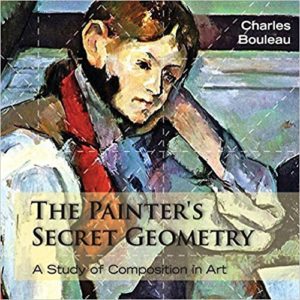 Click To Buy –
Click To Buy – 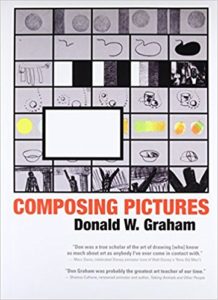 Click To Buy –
Click To Buy – 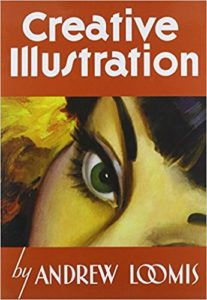 Click To Buy –
Click To Buy – 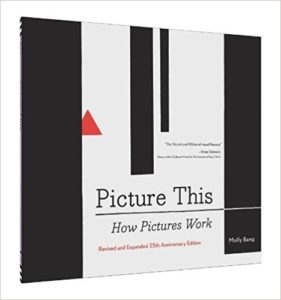 Click To Buy –
Click To Buy – 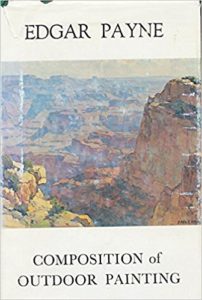 Click To Buy –
Click To Buy – 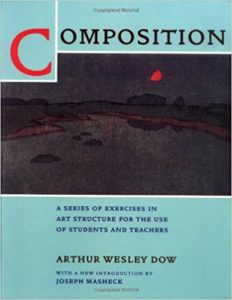 Click To Buy –
Click To Buy – 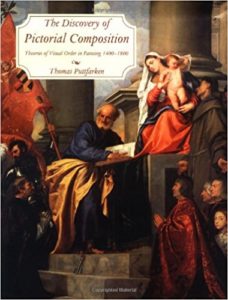 Click To Buy – The Discovery of Pictorial Composition
Click To Buy – The Discovery of Pictorial Composition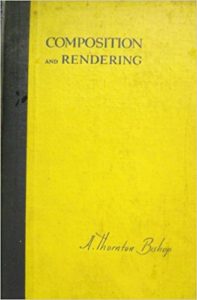 Click To Buy –
Click To Buy –